Ever wonder what your customers honestly think about your business? Customer satisfaction surveys provide the answers.
These questionnaires ask customers to rate and provide feedback on their experience with your business. The insights shed light on satisfaction levels, pain points, and improvement opportunities.
But, creating an effective CSAT survey takes skill — from thoughtfully designed questions to the best delivery methods.
This blog outlines three ways to send surveys through HubSpot, including email, website, and chat surveys. We’ll also share expert tips for designing effective surveys that garner useful insights.
What’s a Customer Satisfaction Survey?
A customer satisfaction (CSAT) survey gathers customer feedback to measure their satisfaction with your business, product, or service.
It typically asks customers to rate aspects of their experience numerically using a 5-point scale. It could also include follow-up questions asking customers to elaborate on their ratings.
The insights from CSAT surveys help identify problem areas and opportunities for improvement. They also reveal the areas where your company is performing well.
What’s the Purpose of Customer Satisfaction Surveys?
There are a few purposes and benefits of collecting customer satisfaction feedback:
1. Measure overall satisfaction: You can assign a numeric score to customers' satisfaction. Use these ratings to identify benchmarks, set goals for improvement, see trends over time, and measure how well you’re meeting your goals.
2. Identify problem areas: Low satisfaction ratings pinpoint where issues or frustrations exist so you can improve them.
3. Improve products/services: Feedback informs what to change about offerings and experiences.
4. Enhance customer retention: You get happier customers by using customer insights to improve your products and services. They’re likely to stay loyal and repurchase.
5. Guide employee training: Insights help you understand how to train service workers to meet expectations better.
6. Build customer relationships: Customers feel valued when you ask them for input.
7. Gather competitive intel: Customers may compare you against alternatives in surveys, helping you understand your positioning.
3 Ways to Collect Customer Satisfaction Surveys with HubSpot
Gathering customer feedback should be an ongoing priority, but how you collect it matters. HubSpot provides three effective methods for sending tailored customer satisfaction surveys:
Method 1: Email Surveys
Email surveys are a convenient way to get feedback from an extensive list of customers. They typically see high response rates since they're easy to answer in the recipient's inbox.
Here are other advantages to sending email surveys:
- You can send them even after time has passed since the customer’s purchase or interaction with your company.
- You can easily integrate it with automation software to send surveys to targeted customers. For example, you can automatically send email surveys to customers who have just purchased a product.
- Unlike website or chat surveys, you don’t need to add code to your website. There’s less work!
However, email surveys have their downsides, too. Firstly, you need a customer or prospect’s email address to use it. Secondly, only a few customers may want to open your email if your subject line doesn’t capture their attention.
To get better results, use email marketing best practices — compelling subject lines, introductions that pull the reader in, and targeting the right segments.
Tools like HubSpot make it easy to automate and send tailored surveys to different customer groups. Here’s how:
How to Send Email Surveys with HubSpot
Step 1: Navigate to Service > Feedback Surveys and click "Create Survey" to create a new survey. You can also use or edit an existing survey.
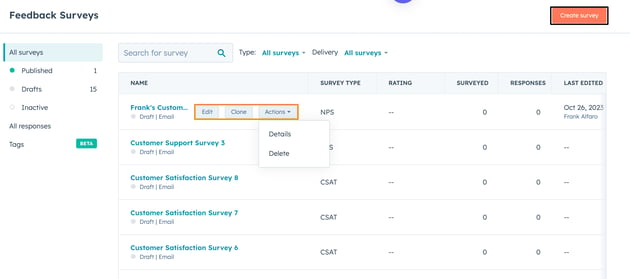
Step 2: Once you’re done designing your survey, select it from the draft list and click "Email" as the delivery method.
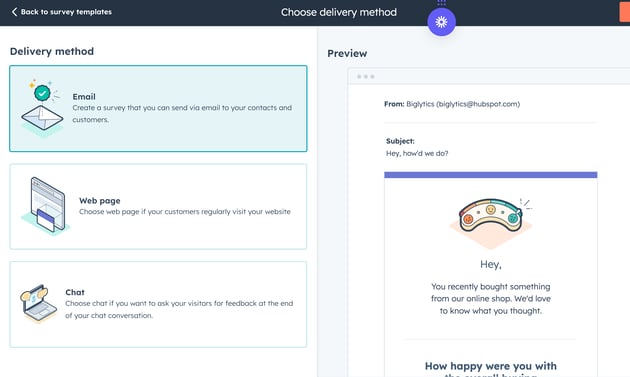
Step 4: In the Email settings, set a subject line, company name, and From name and address.
You can add a personalization token that displays your contacts’ property values, like their first name, in the subject line. 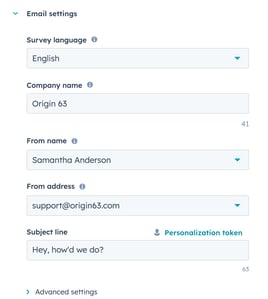
Step 5: In the email body, edit the greeting, introduction, and survey question. You can also add personalization tokens for each of these.
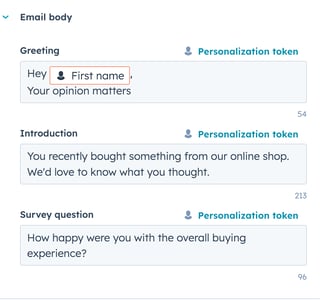
Step 6: Customize the survey’s theme by adding a featured image and changing the default color.
Step 7: Go to recipients to edit the recipient list.
Step 8: Set up email delivery by adding delays, notification recipients, comment notifications, and contact owner notifications.
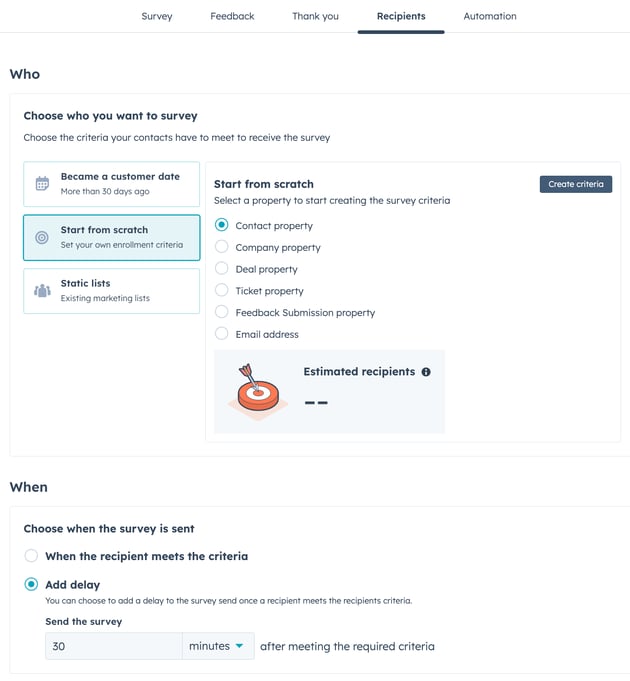

Step 9: Preview how the survey looks, and when you’re ready, click “Publish” to send the survey.
Method 2: Web Page Surveys
Web page surveys help you gain contextual insights into how visitors interact with your pages. They reveal opportunities to optimize content and navigation based on real user data. Site visitors are invested users ready to provide quality feedback.
You can display website surveys in various formats — slide-ins, pop-ups, overlays, etc. Pick an approach that fits seamlessly into your site experience.
Here are some common web page survey questions that can give you helpful answers:
- Where did you hear about us?
- How likely are you to recommend our website to a friend?
- Why are you leaving?
- Are you having trouble finding anything?
You can also use HubSpot to create and deliver web page surveys:
Step 1: Go to Service > Feedback Surveys and click "Create Survey," or edit an existing survey by choosing it from the draft list.
Step 2: Next, select your survey from the list and click "Web page" as the delivery method.
Step 3: Customize the survey question and select the position where the survey will appear on your website.
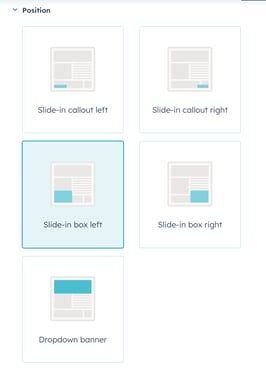
Step 4: Set targeting criteria to control which website visitors see the survey. Remember, the survey will only appear for site visitors who are tracked by their browser’s cookies.
Step 5: Select the website URLs to display the survey and exclude pages you don't want it on. For a survey to show up on your website, you need to have the HubSpot tracking code added to the page.
Step 6: Set when the survey appears and the frequency it displays to visitors.
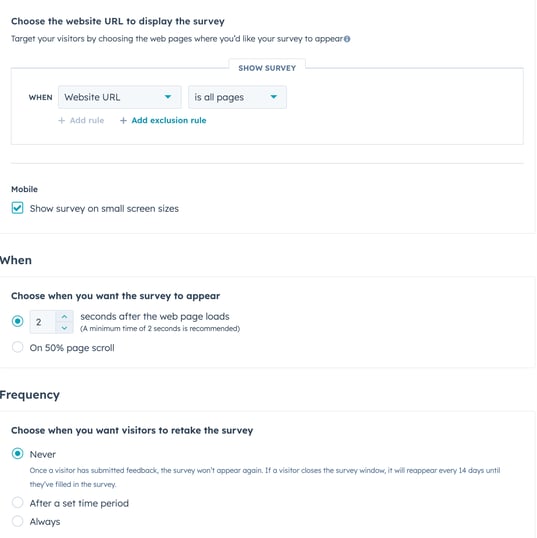
Step 7: Review and publish the survey.
Method 3: Chat Surveys
You can also prompt a quick survey via chat after customer conversations. Surveys immediately after chats capture feedback while the experience is fresh in the customer's mind. This provides more accurate, actionable insights.
It also helps track live agent performance. Post-chat surveys allow you to get direct feedback on how well agents assisted customers. You may then identify high performers to replicate success as well as catch issues to improve through training.
You can create and send chat surveys through HubSpot:
How to Send Chat Surveys with HubSpot
Step 1: Go to Service > Feedback Surveys and click "Create Survey."
Step 2: Click "Chat" as the delivery method.
Step 3: Customize the survey question and language.
Step 4: Set which chat workflows should trigger the survey after conversations.

Step 5: Choose which team members to notify of new responses.

Step 6: Review and publish the survey.
Customer Satisfaction Survey Design Best Practices
Creating an effective CSAT survey that provides valuable insights requires some strategy.
Follow these design best practices:
1. Ask for the Overall Rating First
Kick off your survey by asking customers to rate their overall experience. This top-level satisfaction metric will give you the clearest measure of customers' feelings.
Asking it first prevents other questions from biasing the response.
2. Keep it Short and Simple
People are less likely to finish long surveys. Research shows that 85% of respondents finish 30-item questionnaires while 89% of them finish 10-item ones.
Stick to key questions to keep your CSAT survey focused and easy to complete. About 5-7 questions are ideal. Avoid overcomplicating it.
3. Stick to a Few Rating Options
When asking customers to rate aspects of their experience, scales with 3-5 options work best. Fewer options make it easier for them to decide on a rating. It also gives you clear high, medium, and low satisfaction groupings.
4. Use Clear, Plain Language
Write survey questions and answers using simple, straightforward language that’s easy for respondents to understand. Avoid complex sentences or fancy words that could confuse people and affect the validity of their answers. Stick to familiar terms.
5. Don't Make Them Do Math
Avoid questions that ask respondents to do calculations or additional thinking to determine an answer. It creates extra work and might lead to inaccuracies. Ask questions in a way that allows selecting a numeric rating or ready-made answer.
6. Skip Intrusive Questions
Don't ask for sensitive information like income level, health data, or other topics people consider private. It makes respondents uncomfortable and less likely to complete your survey. Keep it focused on feedback directly related to their experience.
7. Avoid Jargon
Explain any industry-specific terminology or acronyms that respondents may not know. Write out terms instead of using acronyms. You want questions to make sense to customers, not just to your internal team.
8. Send the Survey Right After their Experience
Distribute surveys immediately following a customer interaction or purchase. This captures feedback when emotions and details are still fresh in their mind. Long delays lead to less accurate recall.
9. Don't Bug Them to Reply
Avoid repeatedly reminding customers to take your survey if they haven't responded. One follow-up is reasonable, but badgering them will cause irritation. Respect their time and decision not to participate.
10. Include Open-ended Questions
Open-ended questions allow respondents to explain their thoughts, feelings, and reasoning in their own words. The qualitative insights you gain are invaluable for understanding the full story.
11. Address Negative Feedback Fast
If you receive complaints or negative experiences in a survey, follow up quickly to resolve the issue. Doing so demonstrates you listen and care about making it right.
12. Thank Positive Feedback
Send a quick thank you note if a respondent shares a positive experience. People like knowing you appreciate their time. It can also build goodwill.
13. Keep It Consistent for Comparison
Use consistent wording and rating scales in each survey to accurately compare results over time. Consistency gives you reliable data to analyze trends.
Conclusion
Customer satisfaction surveys are a crucial tool for every business.
The insights you gain directly from your customers are invaluable in understanding their needs, frustrations, and desires. With this knowledge, you can refine your offerings, train employees, and create better experiences that improve satisfaction and retention.
While creating great surveys takes strategy, the right tools make it easy to design, automate, and analyze survey responses. Solutions like using HubSpot lets you seamlessly embed surveys across channels and gain a comprehensive view of the customer journey.
You create real impact and stronger customer relationships by putting insights into action.
Ready to Gain Customer Insights with HubSpot Surveys?
HubSpot Surveys makes gathering customer insights incredibly easy. With this intuitive tool, you can create beautifully designed surveys, automate distribution across channels, and analyze feedback in one place.
Origin 63 can help you maximize this tool to set up and customize automated surveys and turn insights into improvements! Get in touch today.

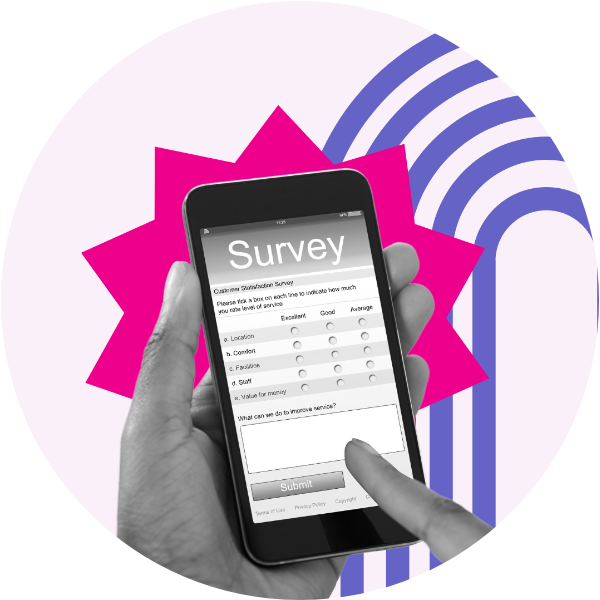

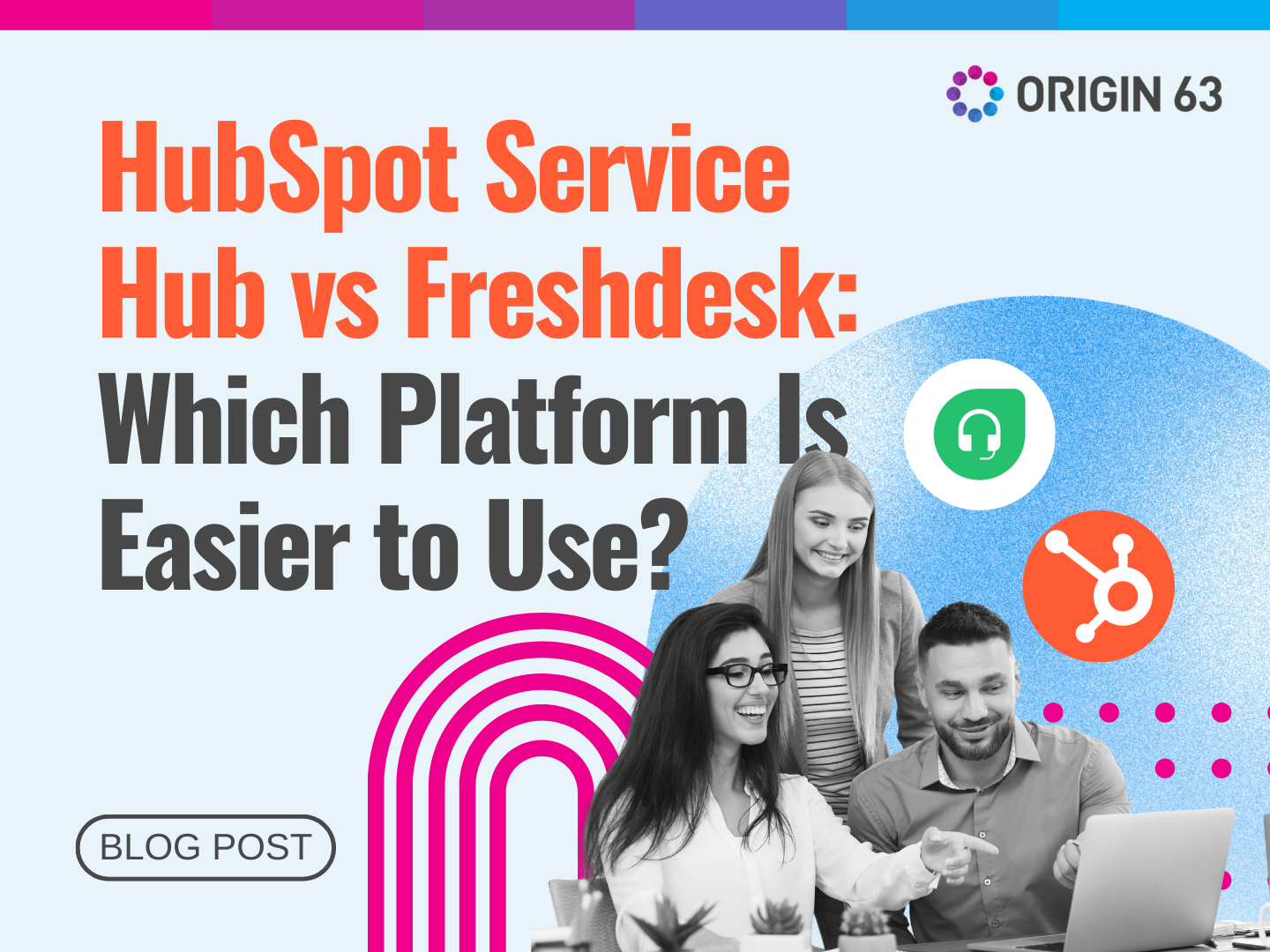
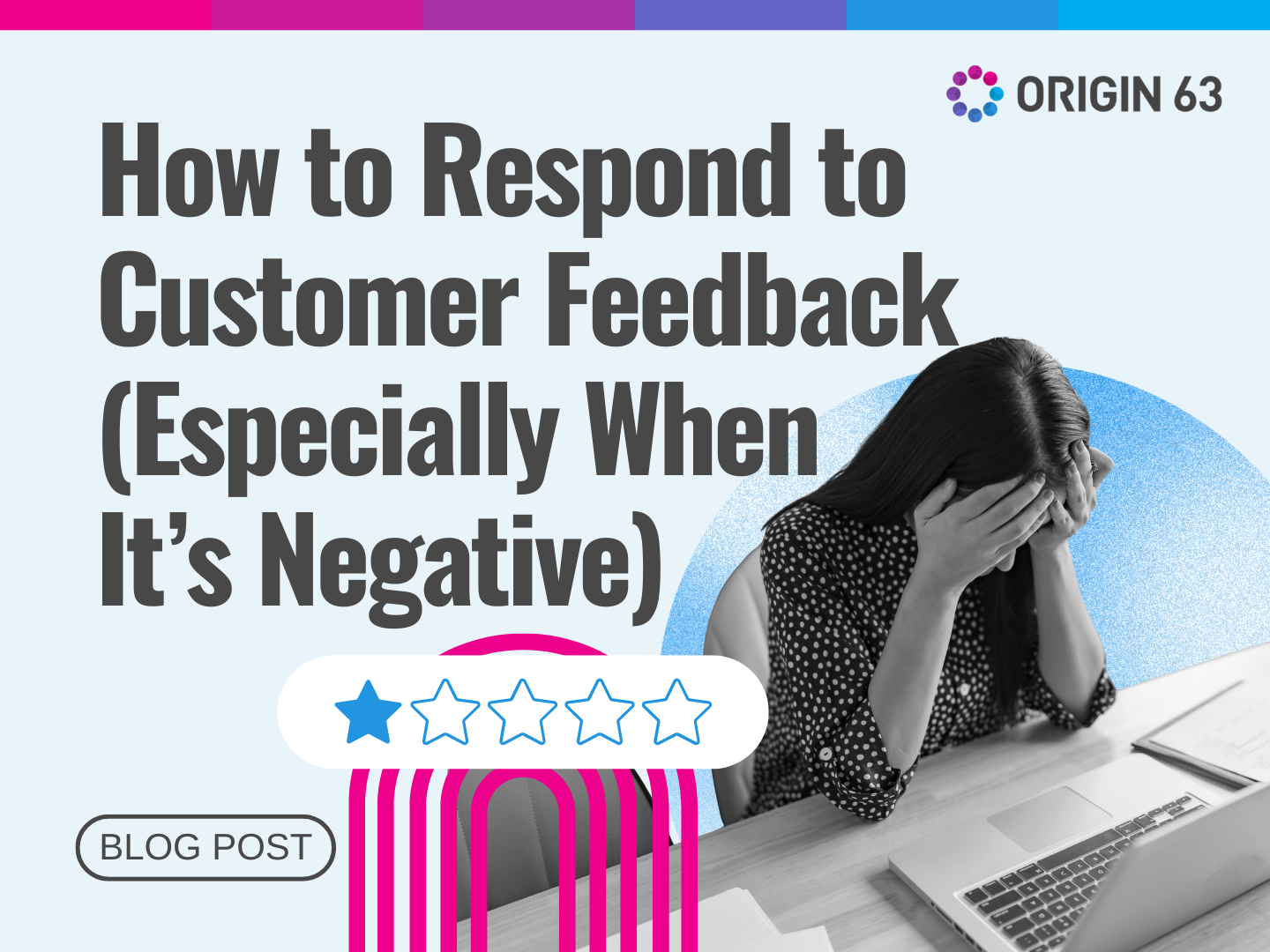
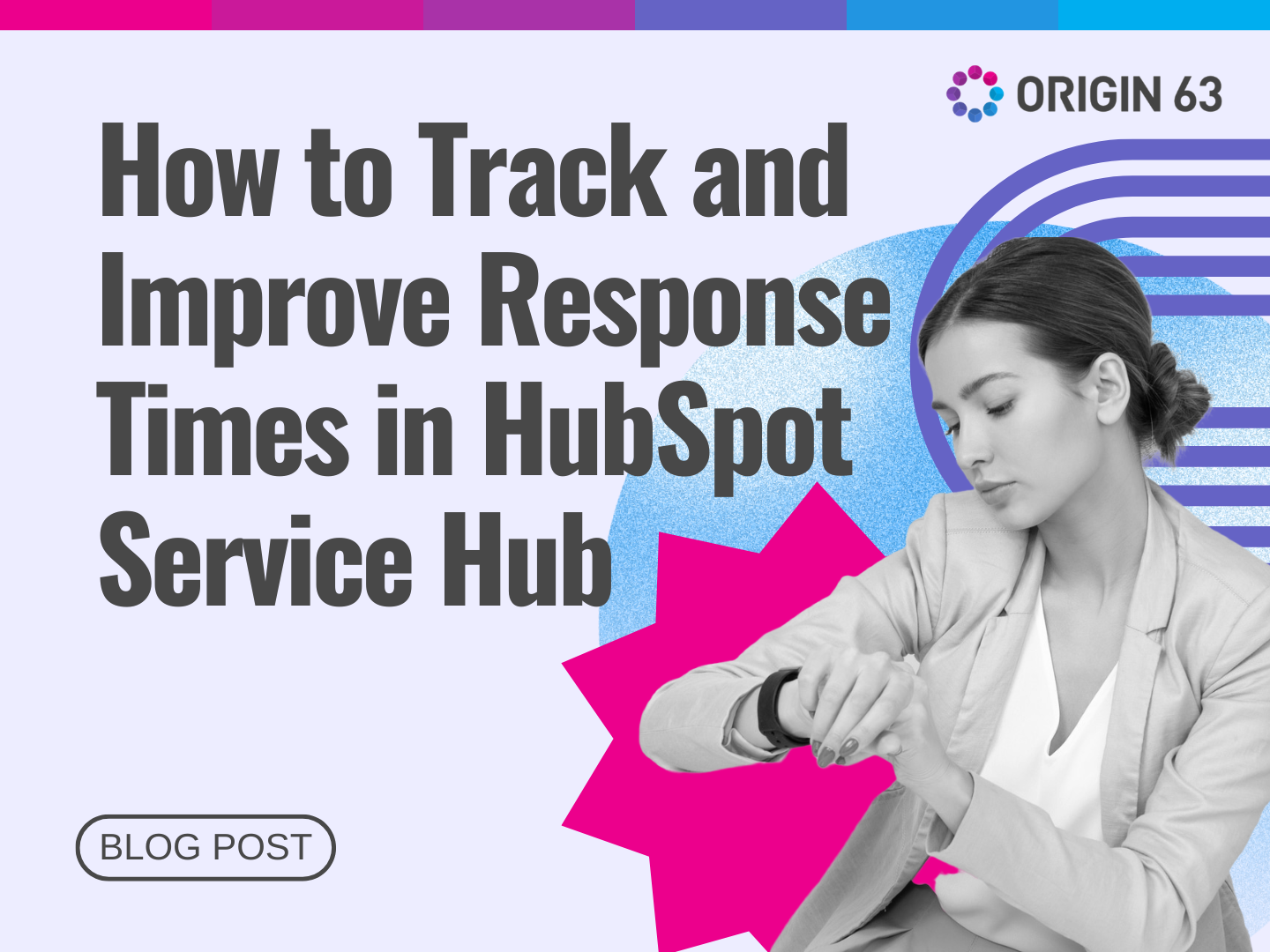
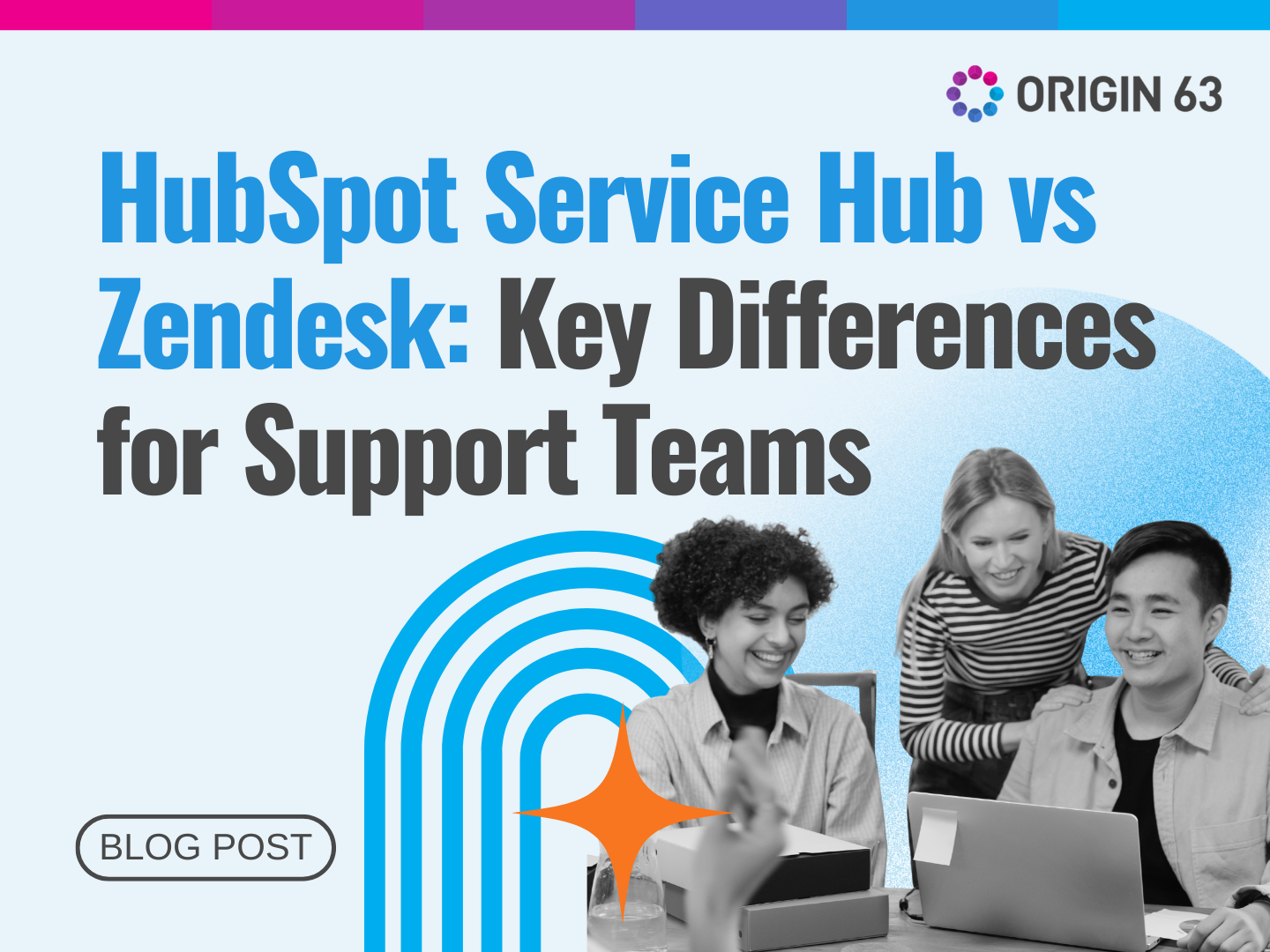






.png?width=90&height=90&name=Arrows%20Partner%20Badge-test%20(1).png)

